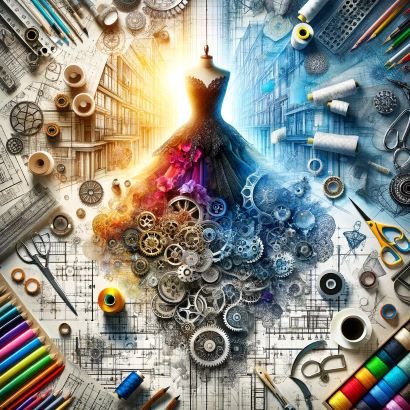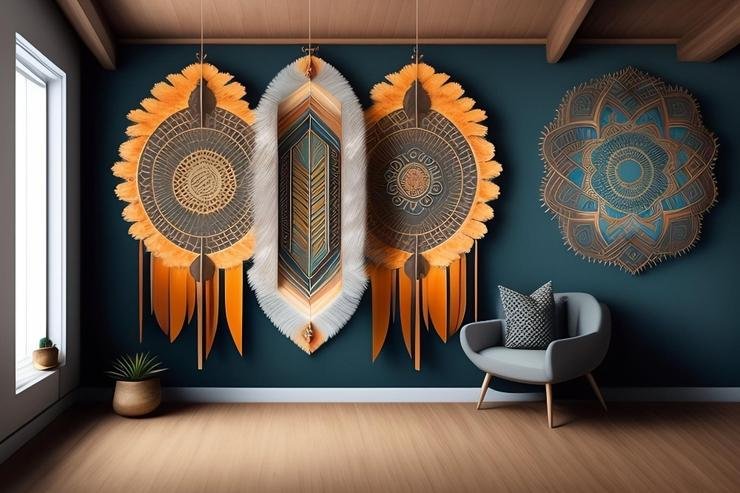10 Steps you need to follow to appropriately design your mood board
As designers, filmmakers, and illustrators, creating mood boards is an essential aspect of communicating and illustrating your ideas. Mood boards are great starting points and visual references for most of your creative projects. It can be considerably beneficial in helping you pinpoint your inspiration and have a visual note of your ideas in front of you at all times.
Today, mood boards can be created both digitally and physically. The steps needed to create a mood board are the same for both physical and digital boards. However, the process is non-linear, and you can design your board in various ways. As long as your core concepts/principles are in place, you can create the perfect mood board that ideally communicates your idea to your team. So, without further delay, let’s look at the ten steps needed to design your mood board appropriately.
10 Steps To Appropriately Design Your Mood Board
Finding Your Idea
You need a theme to create a mood board. Creating a solid theme, which can be a singular idea or an amalgamation of various ideas. However, what’s crucial is that you make up your mind first before you move on to the next steps. Sure, your idea can evolve or completely transform into something else, but for you to work efficiently and effectively, you must start with an idea.
Source Your Elements
When you have your idea in place, it is generally connected with the resources that you have at your disposal. Even if you don’t have an idea connected with the resources you currently possess, the first step should be for you to source your resources for the mood board to get a visual representation of what you have in your mind.
Place Your Inspirations
Once you have placed your elements on your board, you need to move on to your inspiration. This will help you understand point A and create a direction on how you can reach point B, which is your inspiration.
Add Lively Elements To Your Board
Often you would need some pizzazz to flair up your ideas and your mood board. The best way to add this flair is by adding some motion and sound elements on your board that help your idea jump out. When your idea can draw the viewer's attention with the motion and sound resources, it becomes easier for them to understand the concept fully.
Design Design Design
The resource collection part is more or less complete for your mood board. Now it’s time for you to use your design skills to put it all together. To do that, you would need to use colors that suit your idea and use them to create the background for your board. You can also use images and other files to spice things up.
Arrangement
The arrangement is one of the most crucial steps for designing your mood board because you have to focus on various design principles. The key to this step is to arrange all the individual elements of your board to create a coherent and comprehensive bigger picture that can deliver your idea.
Review
Once your Initial design is done, there are three possible scenarios. You can love it. You can hate it. And lastly, you can feel like something is missing. So, if you are facing the third situation, you need to find more inspiration to understand what you are missing from your board design.
Make Sense Of It All
It’s easy to get swept up in designing and arranging, and creating something visually pleasing without much meaning behind it. Ensure you are always on track and thinking of the bigger picture instead of the individual elements. You must reason with yourself and mention the reason for the existence of how it serves your idea for every individual element on your board.
Bring In Your Team
If you are trying to create a board to express your idea to others, this is where you must introduce your collaborators to your project. Sharing an idea you are satisfied with makes it easier for your team to get up to speed quickly.
Use Feedback To Your Benefit
When your team members are incorporated into the project, they will surely share their two cents on your idea. Use their feedback and create a board that speaks your idea clearly and boldly.
Conclusion
That’s all the steps you need to create a mood board. As you can imagine, the steps can be followed chronologically or in a jumbled order at your convenience. However, the key is to go through all the steps to ensure your project is the best it can be. And if you need any help or want to learn more about Design, you can visit JIET Jodhpur, Rajasthan campus.




















